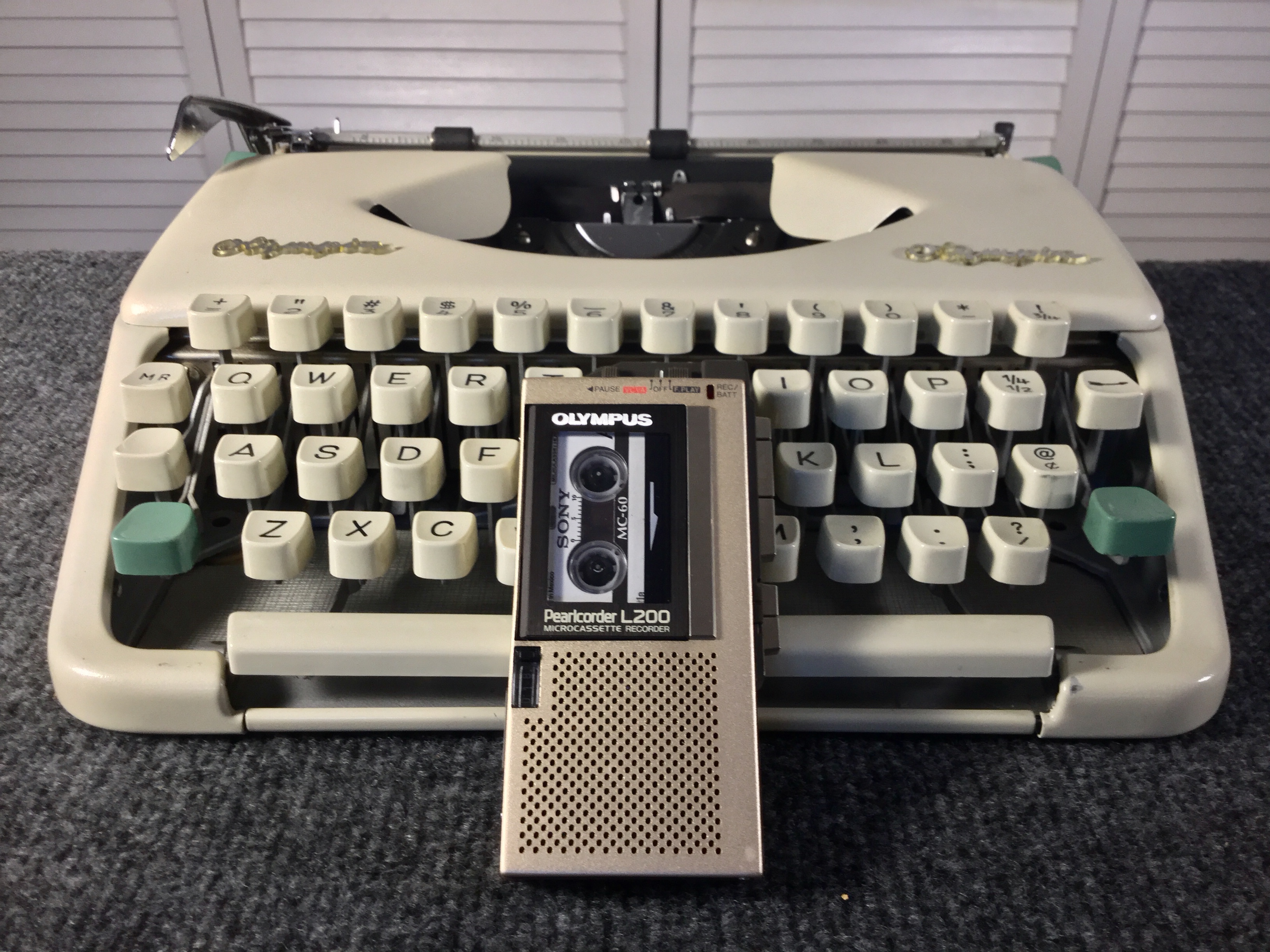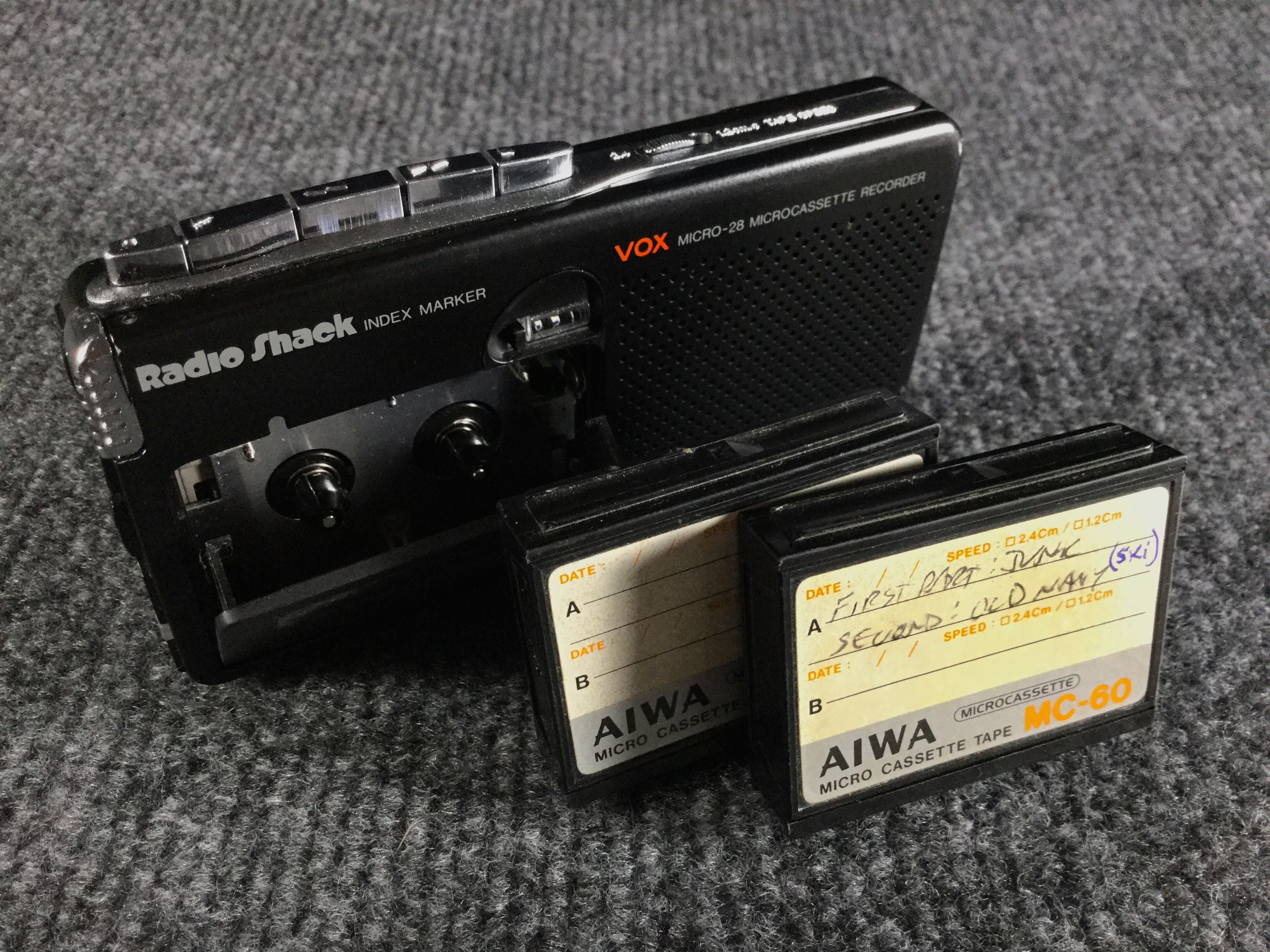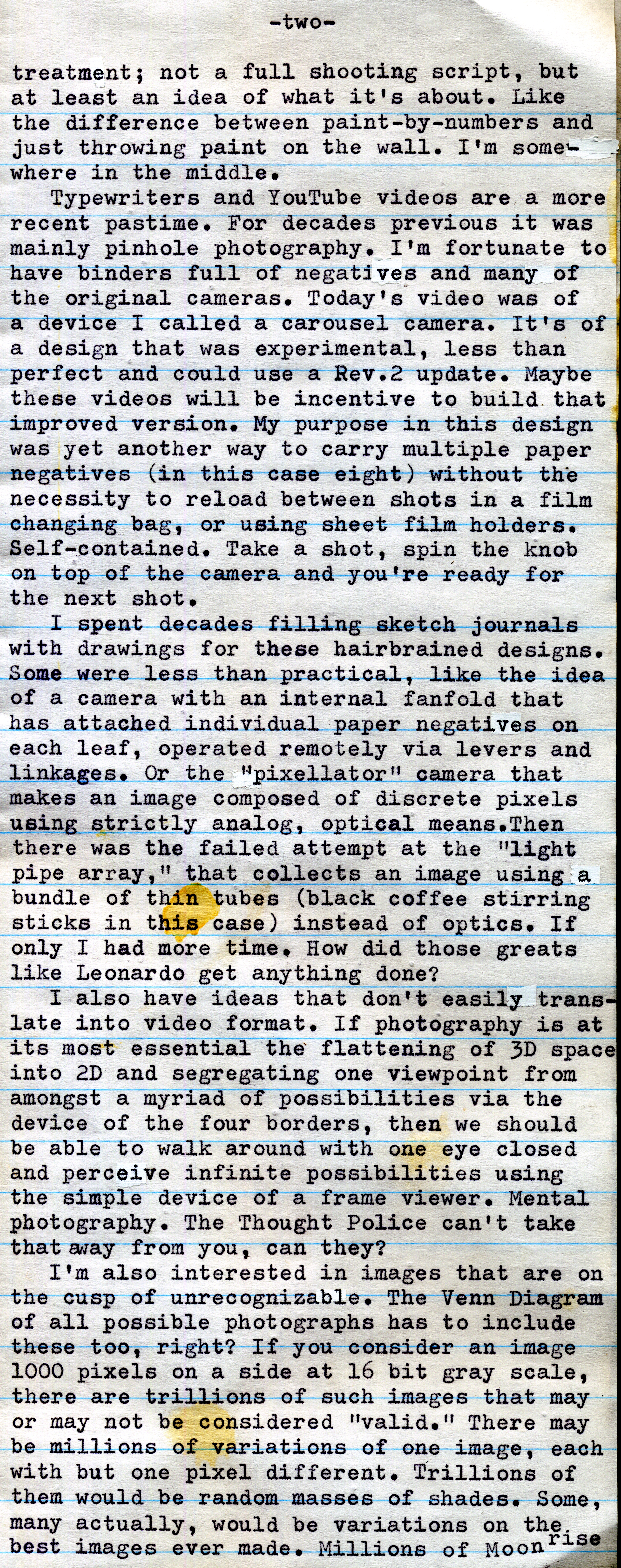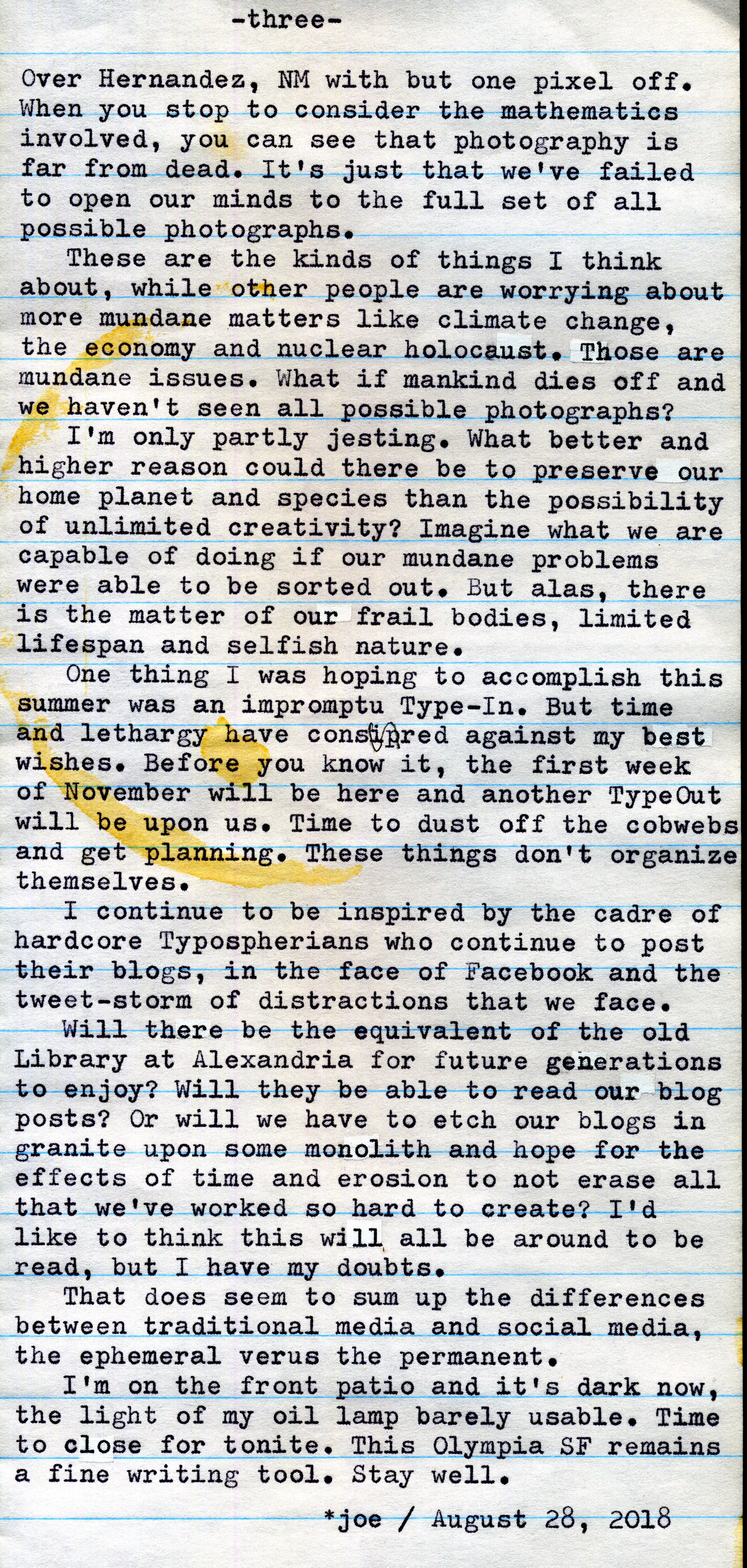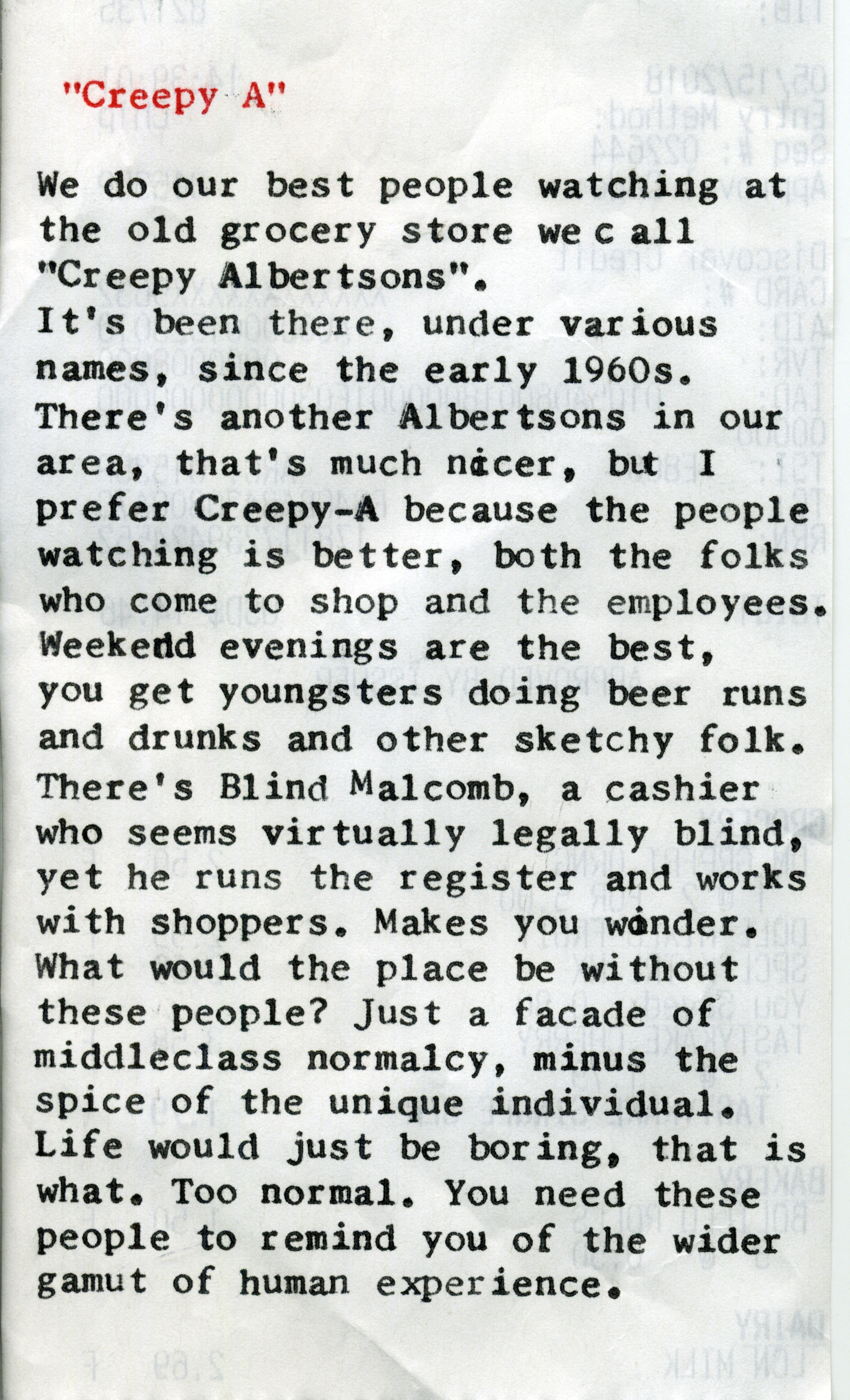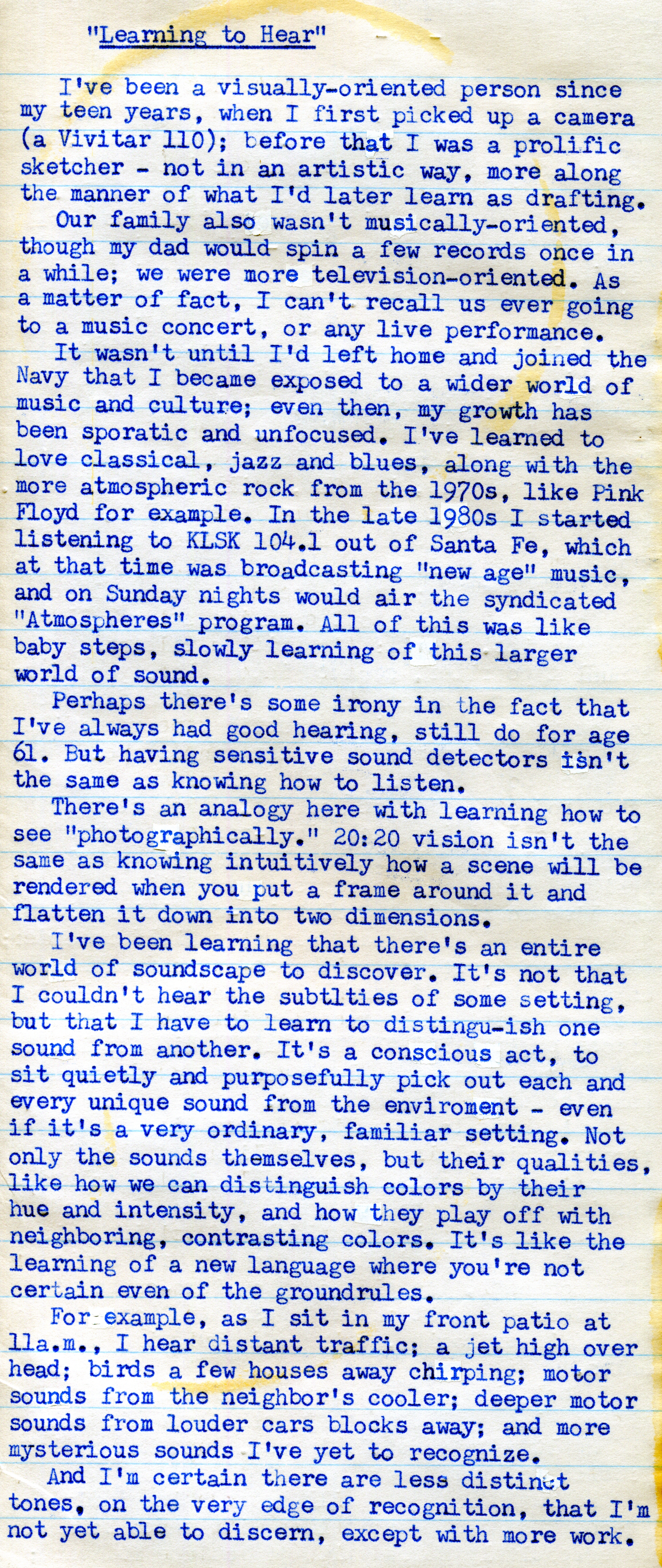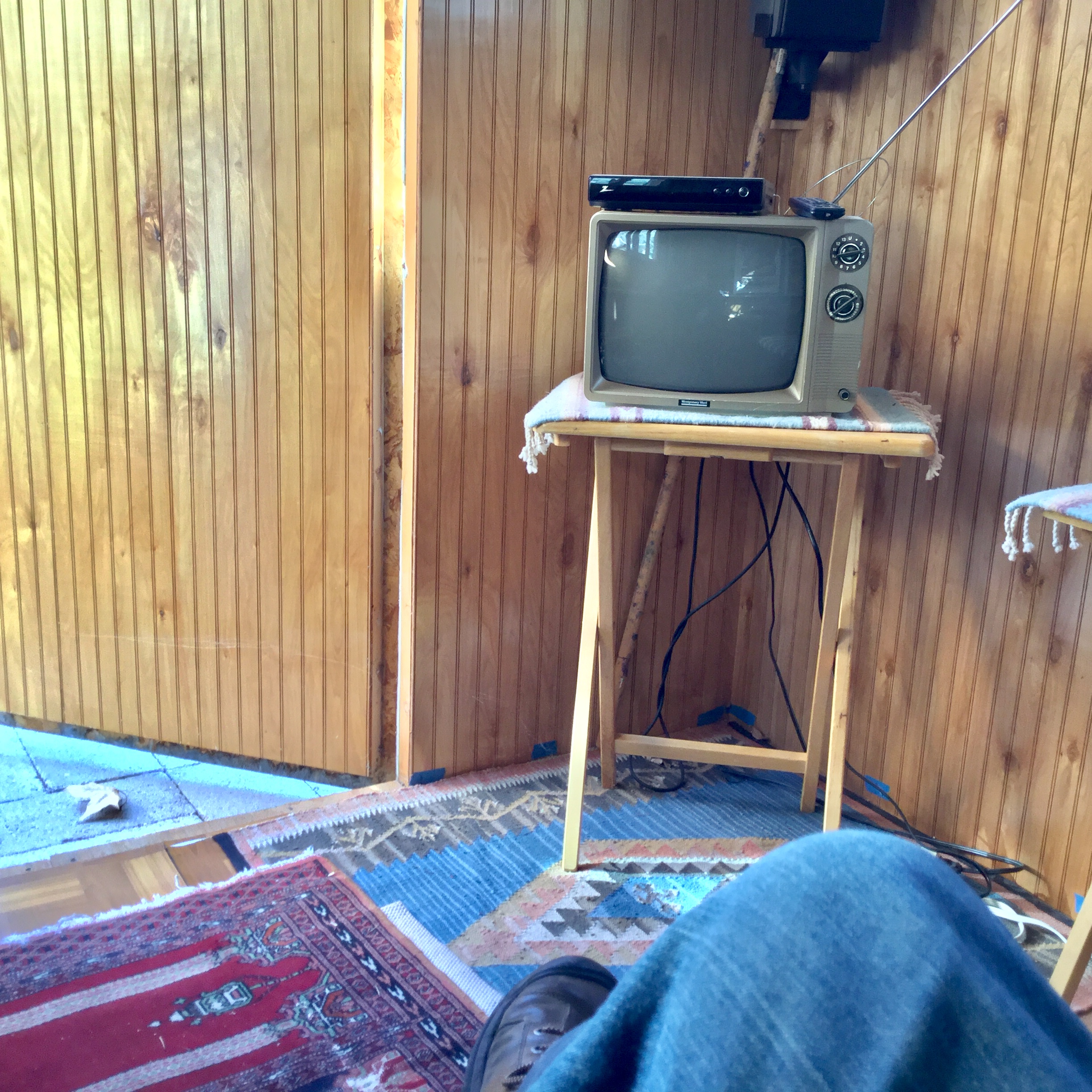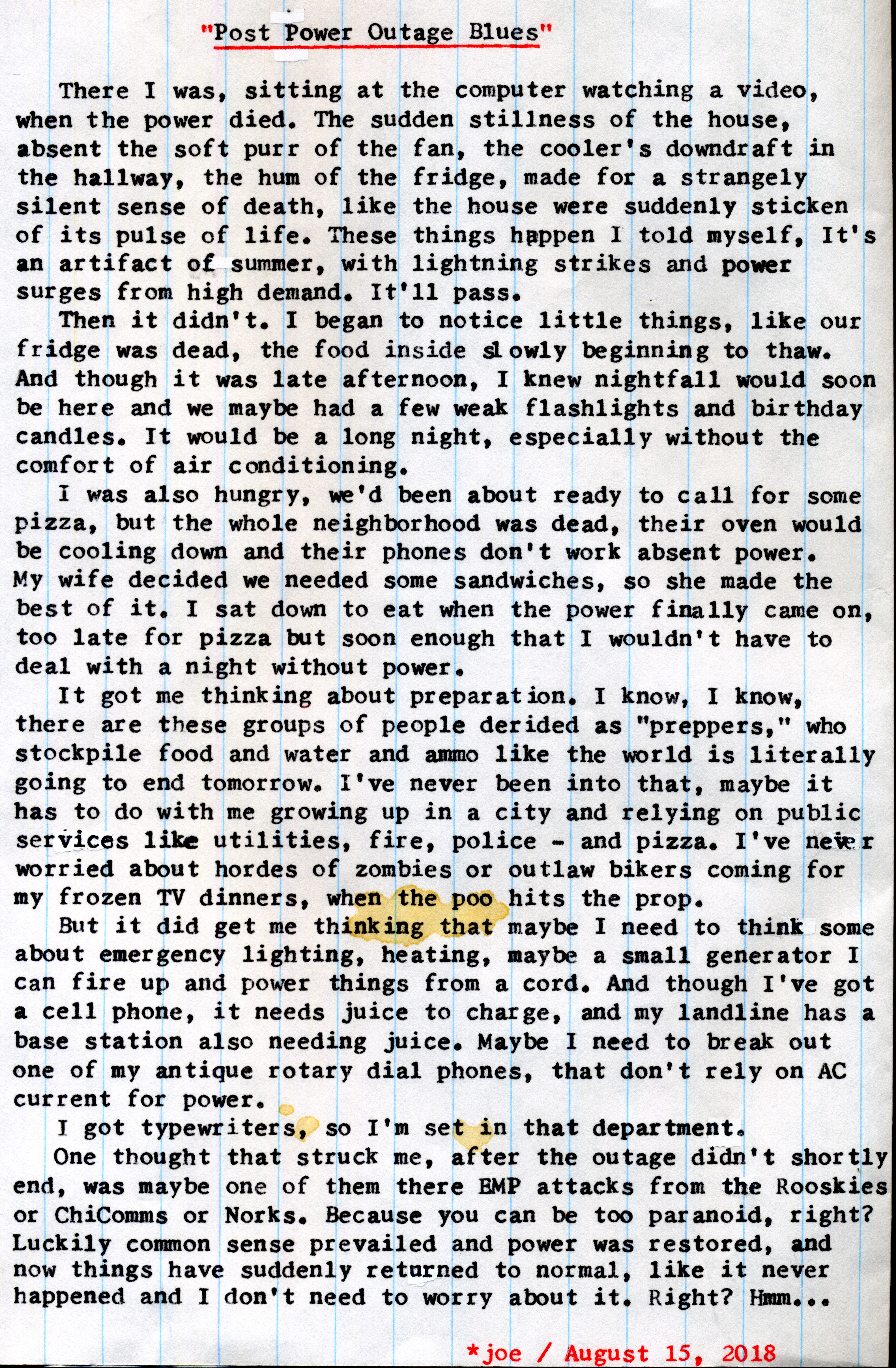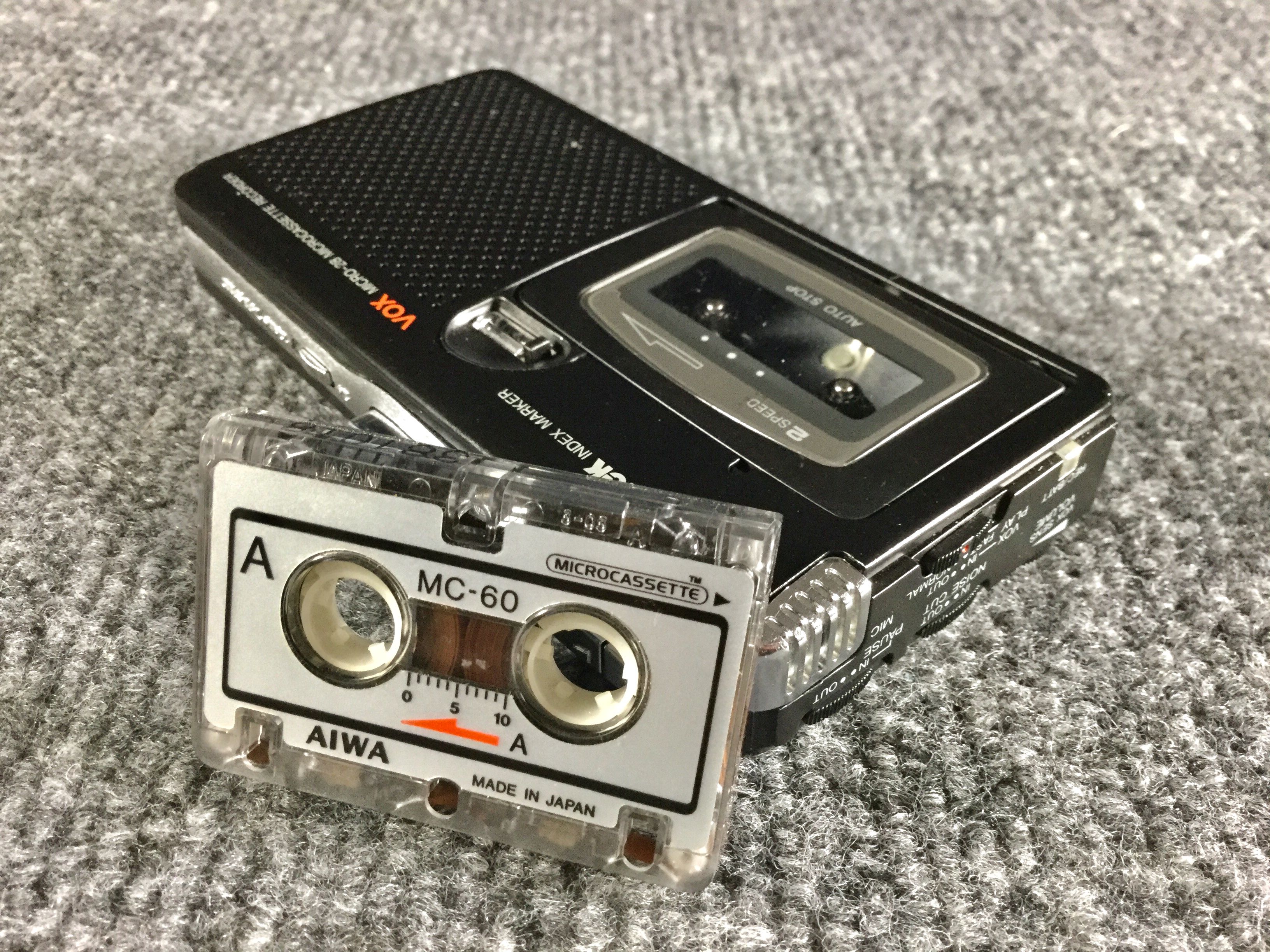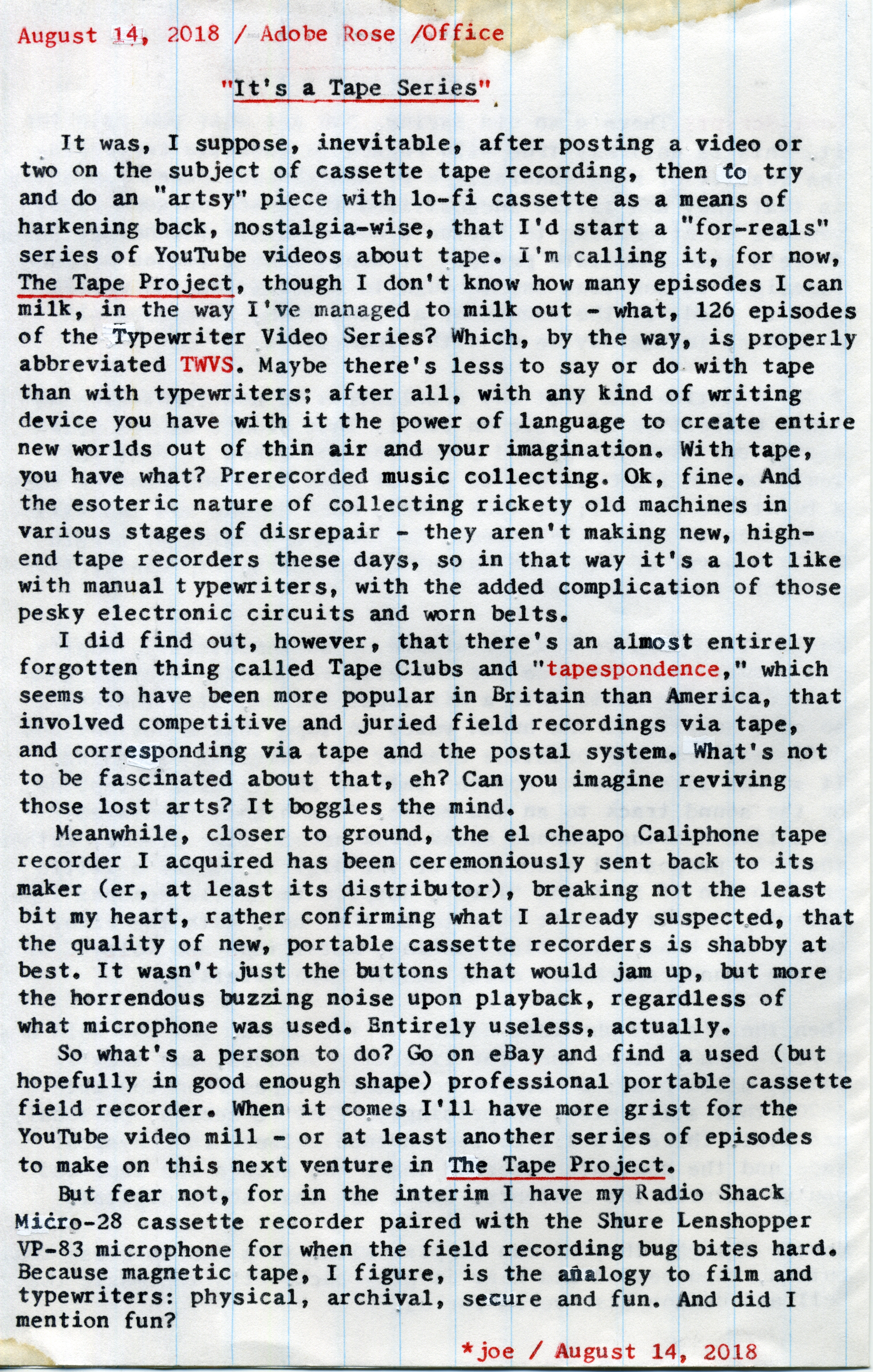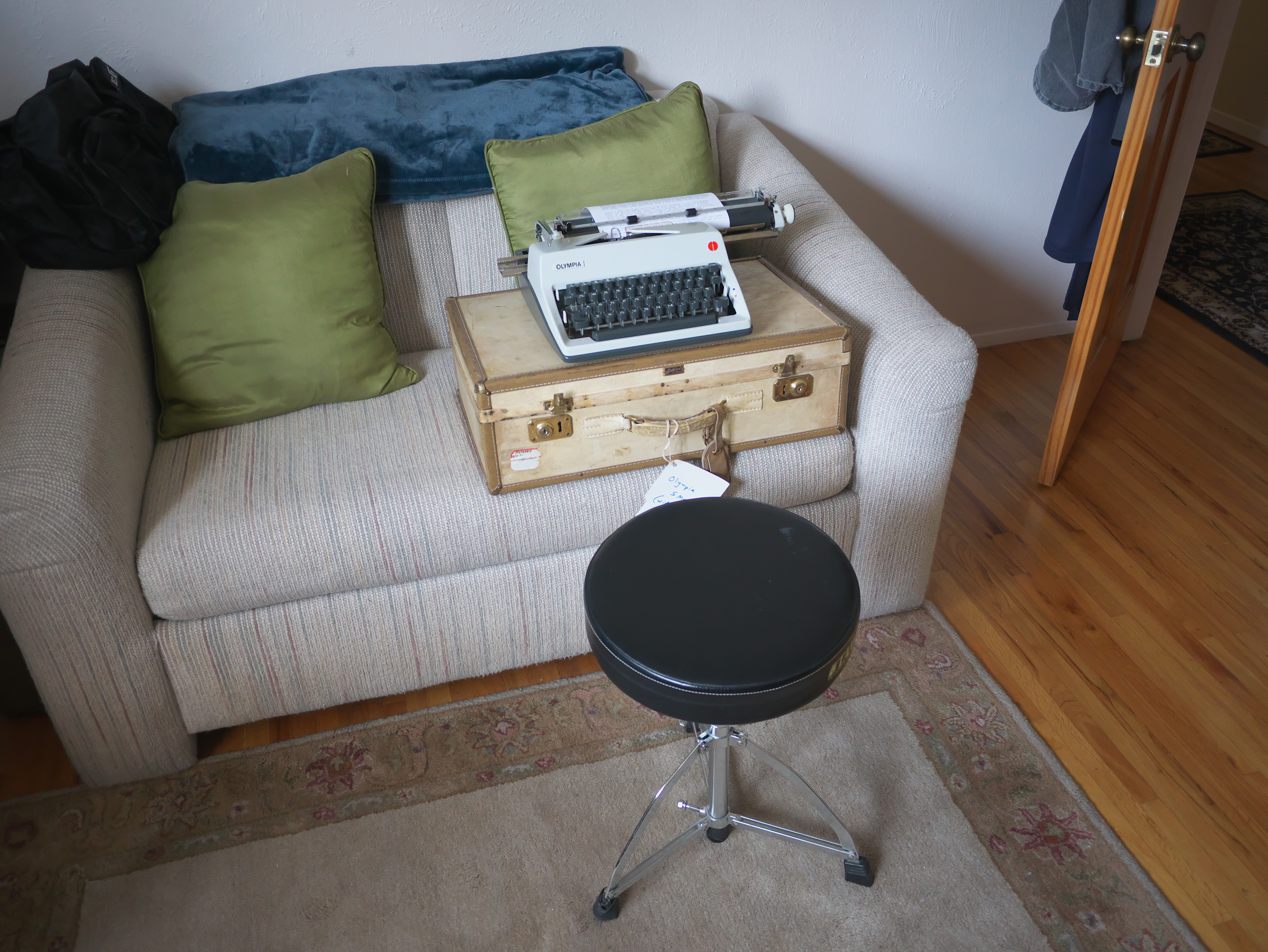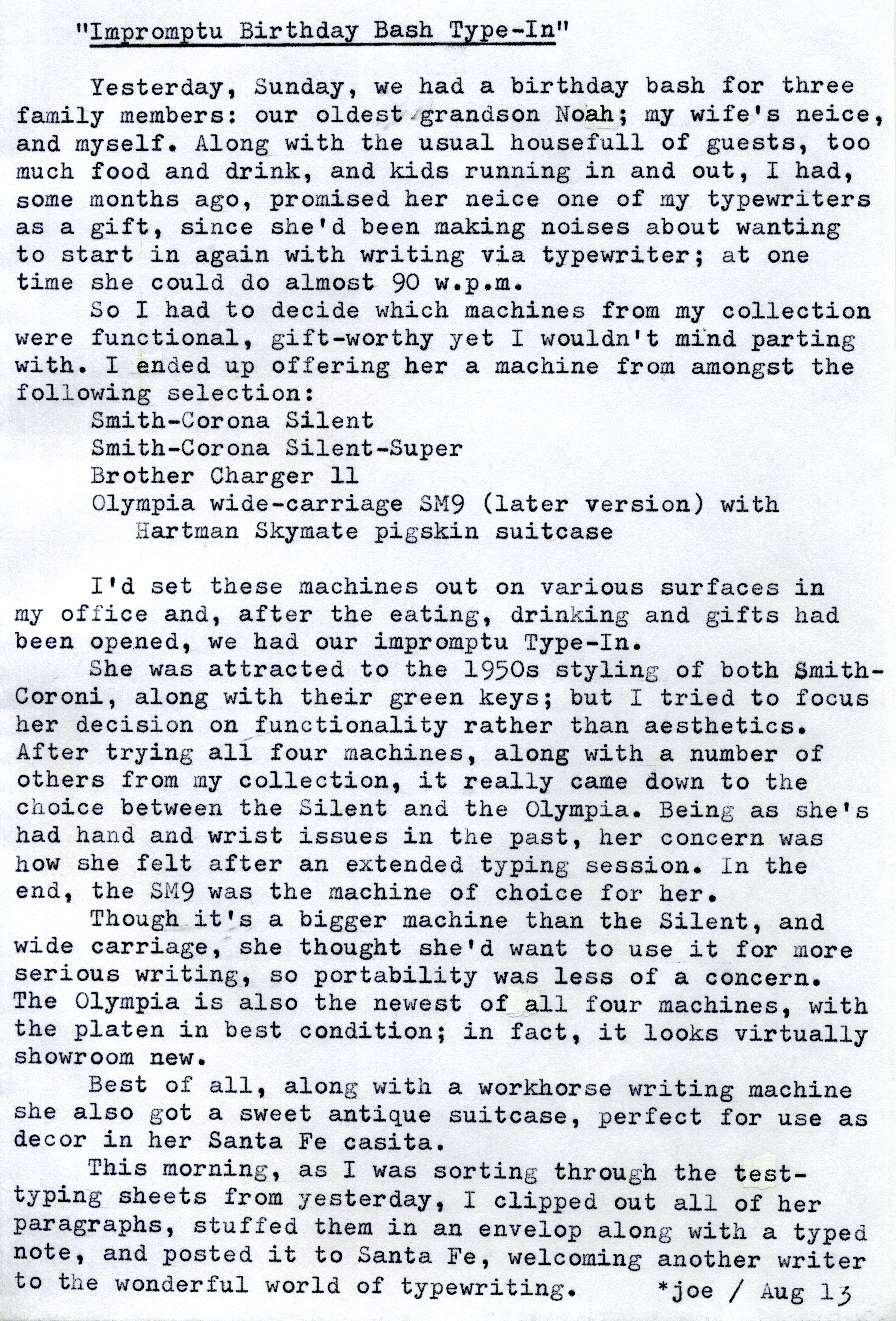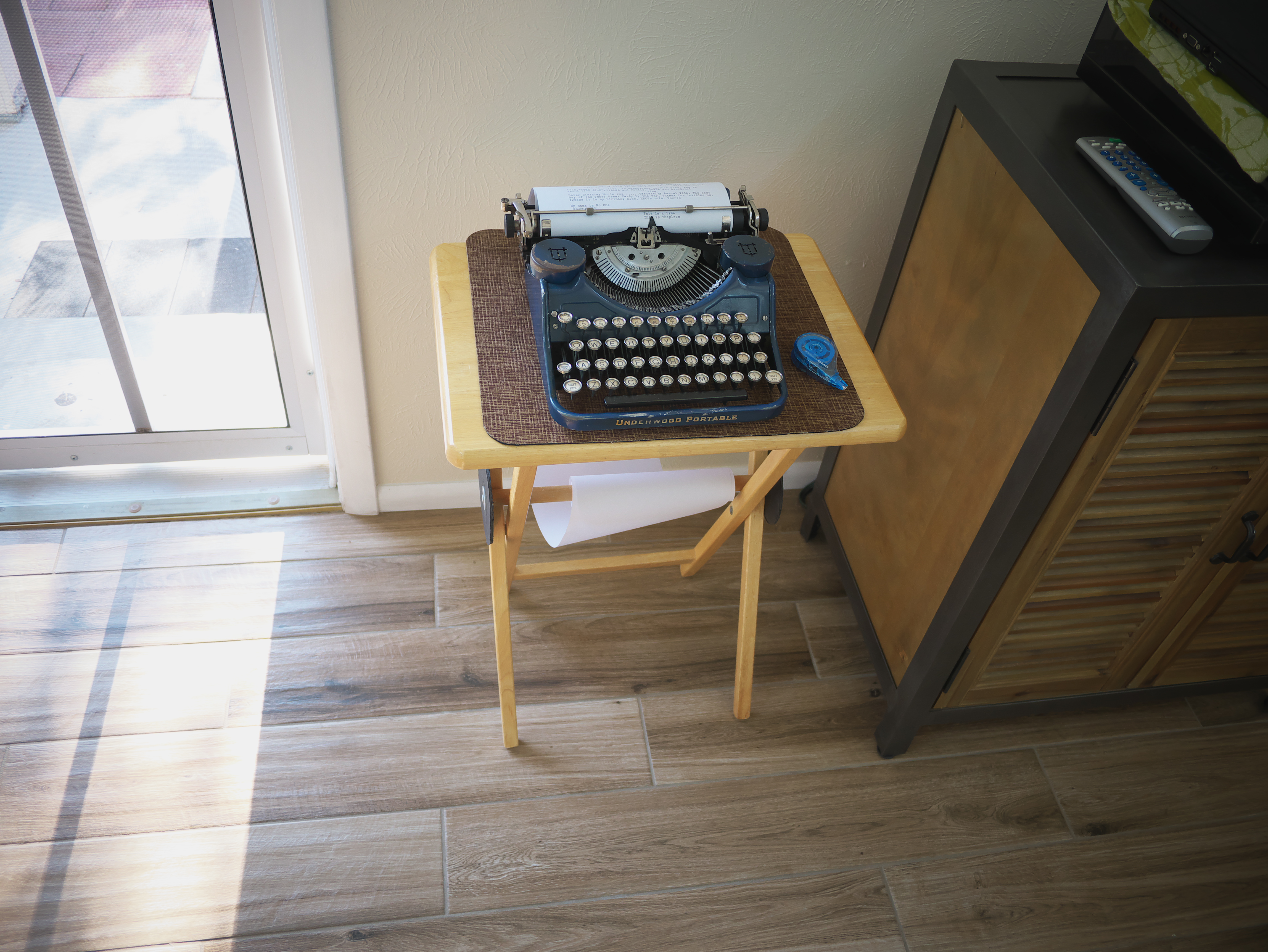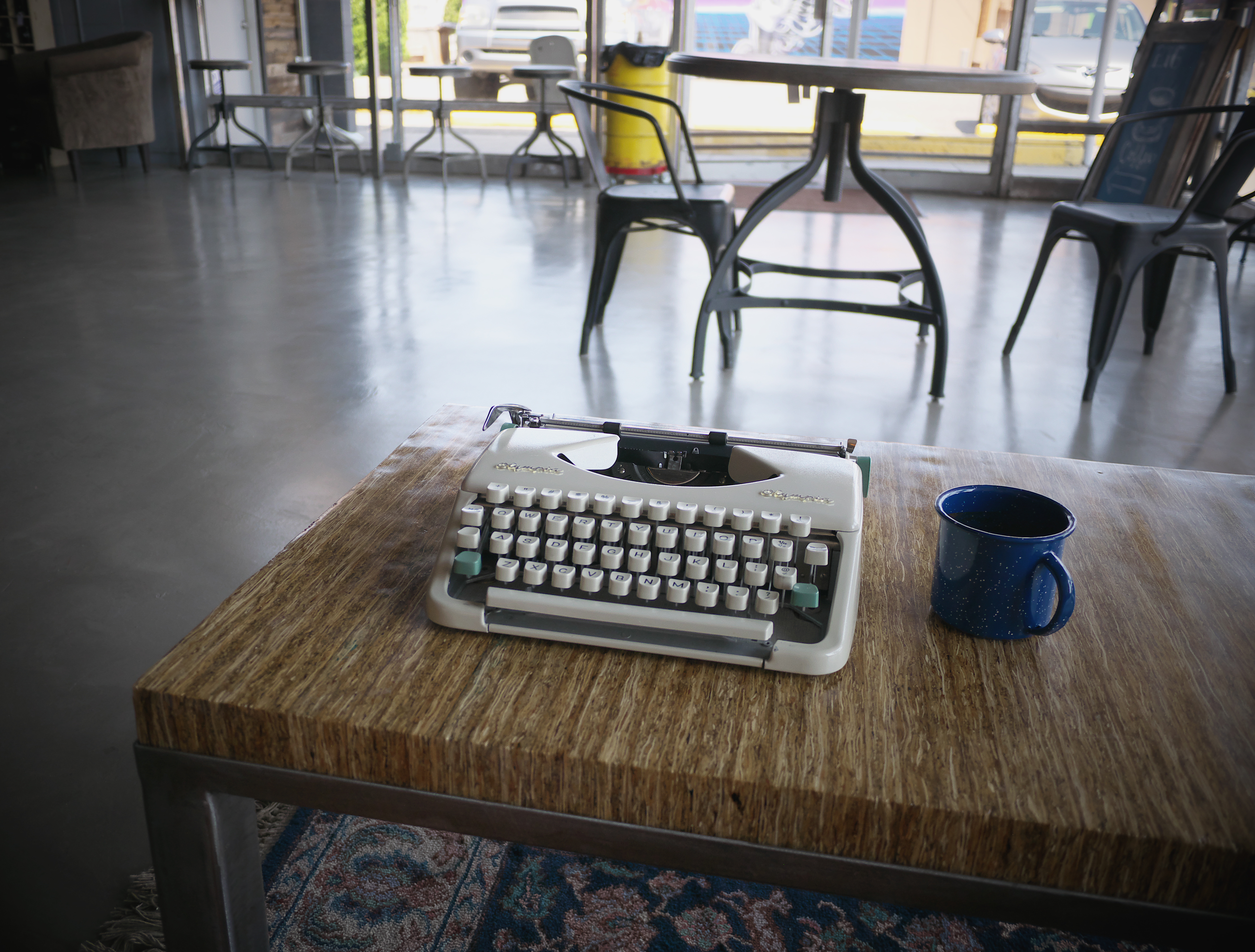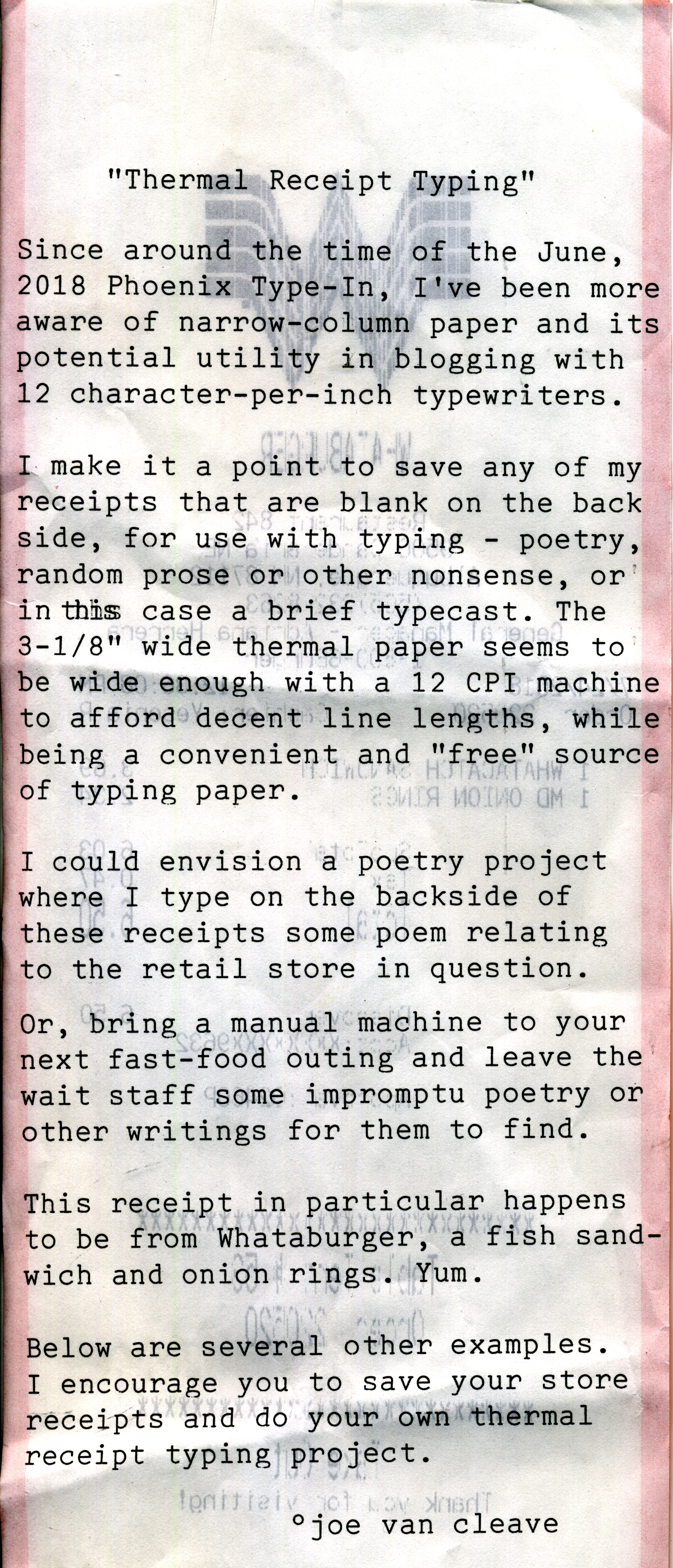A Royal Thrift Store Find
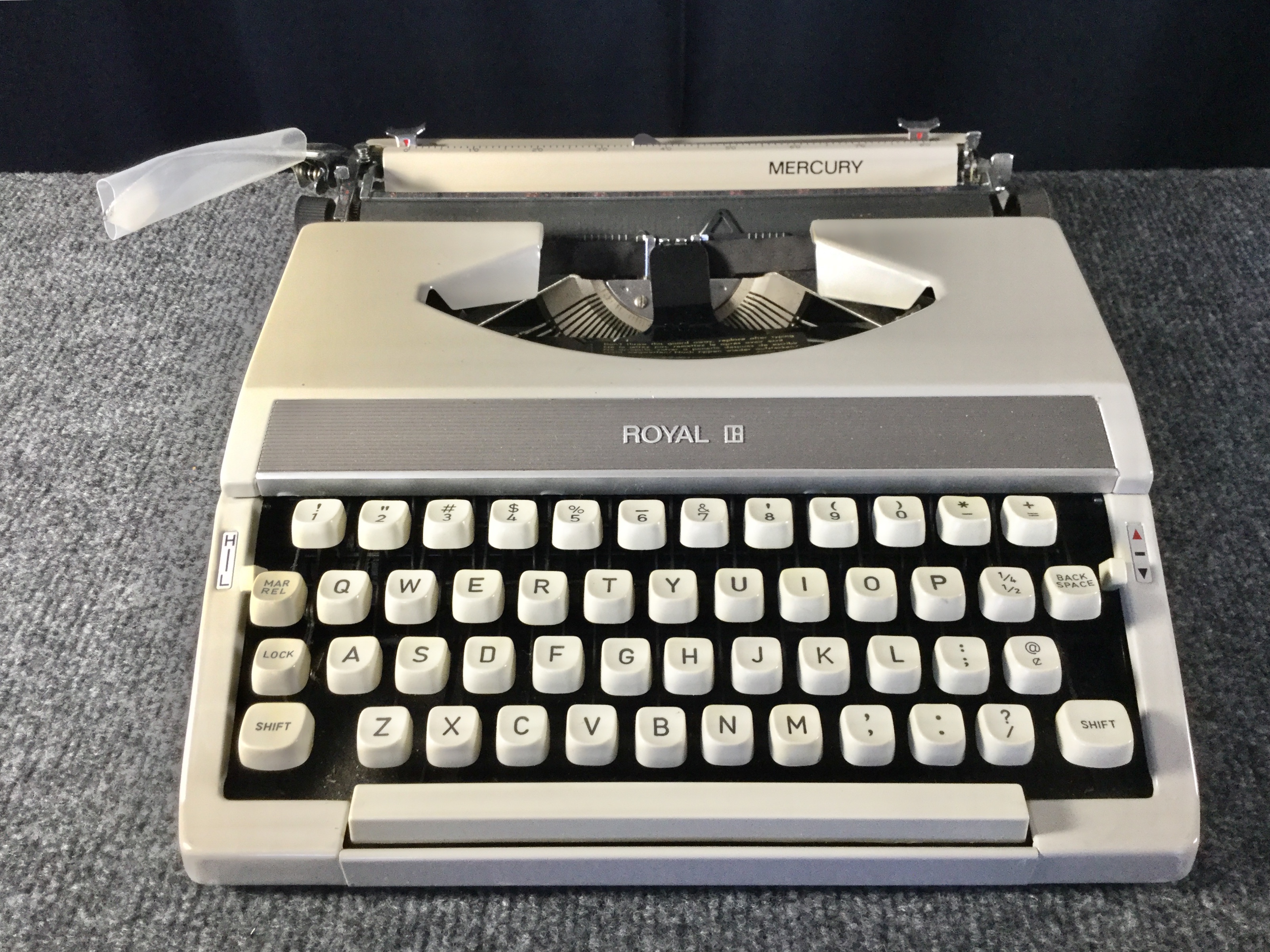
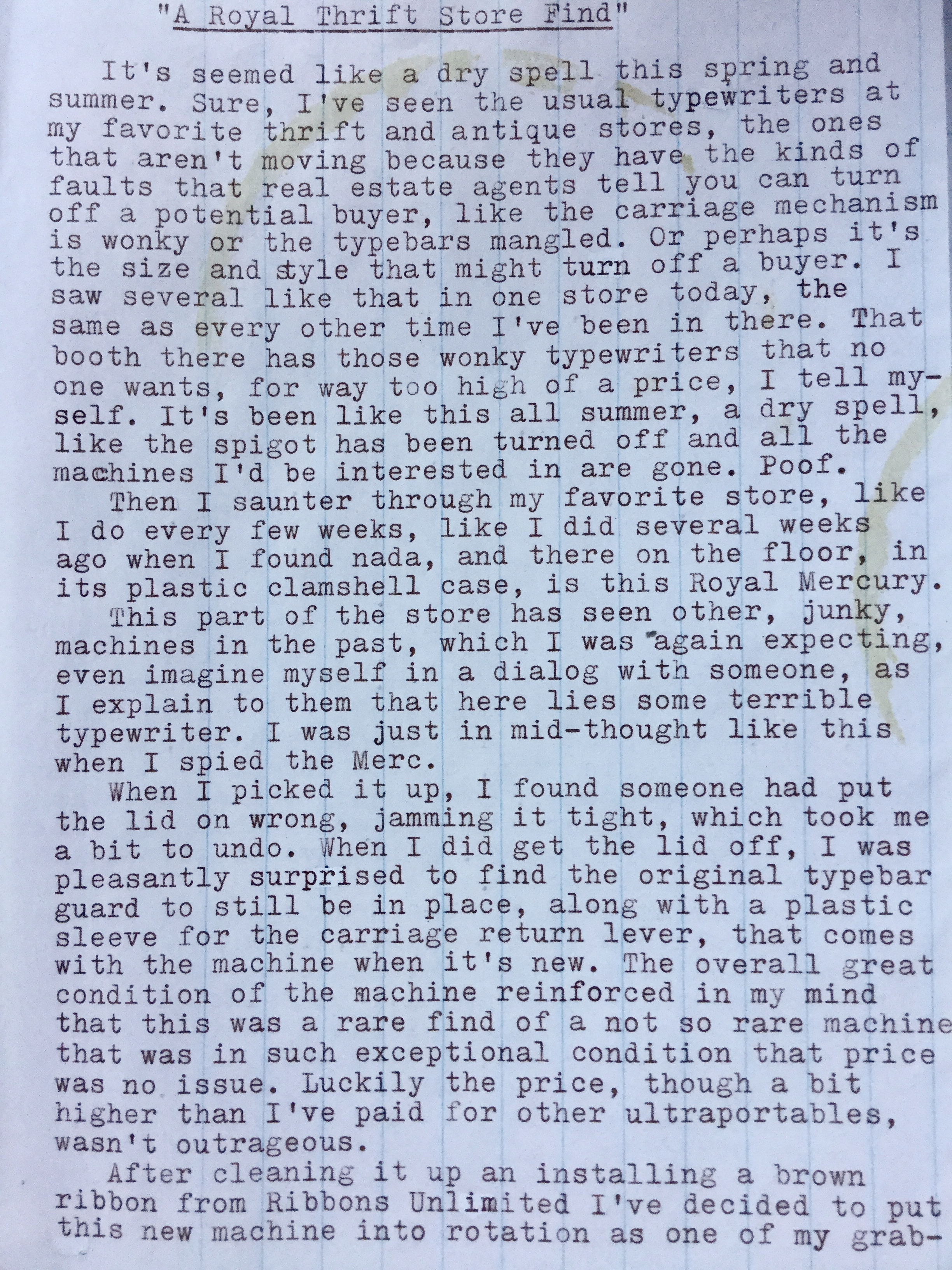
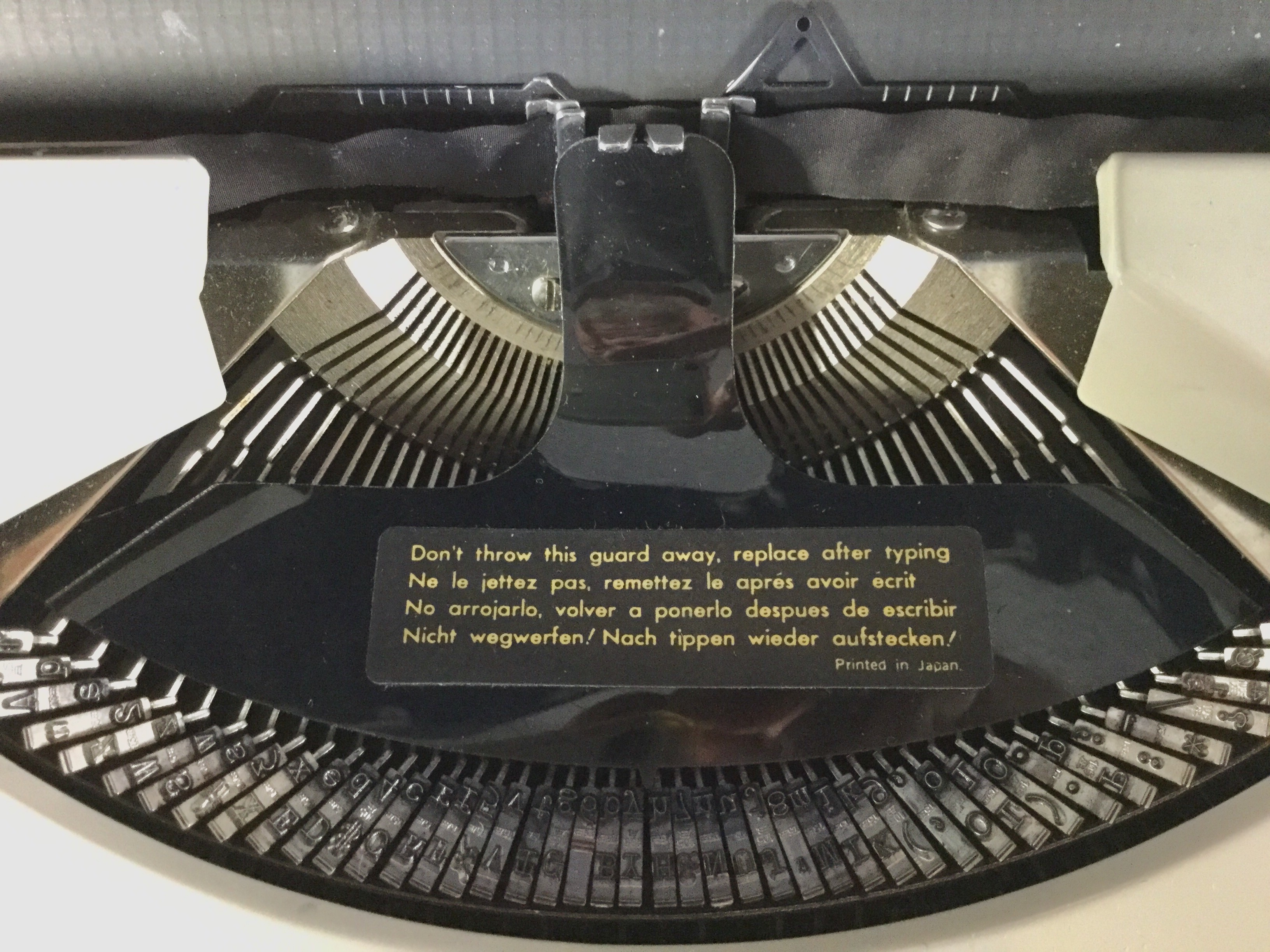
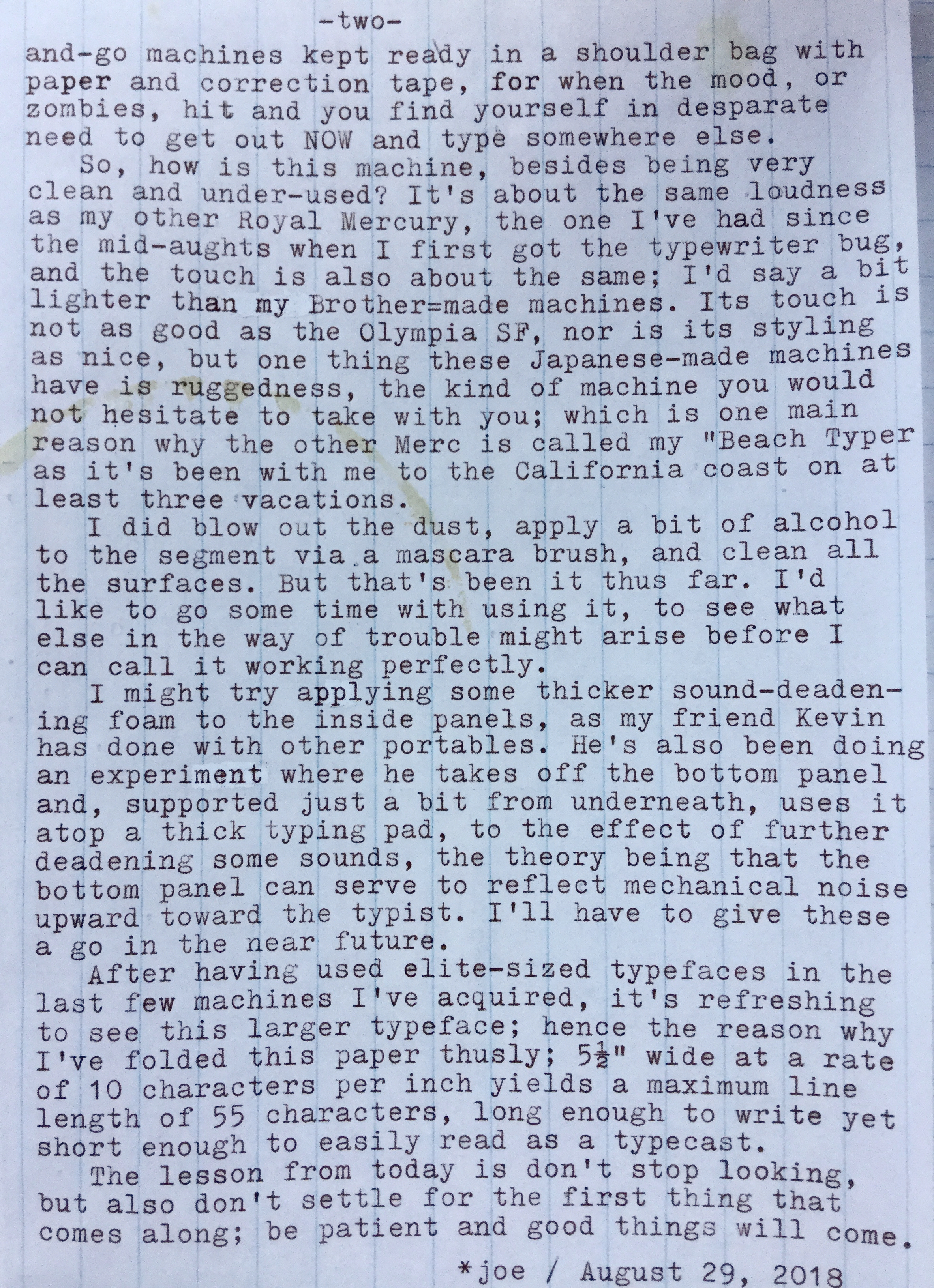
Post-Script: I snapped the photos of the typecasts via the camera in my little iPod Touch, out on the patio whilst smoking a cigar. The light wasn't ideal, and the iPod's native photo app provides little control of the tones, hence the blue hue. And you can see some field curvature from the lens. The lines of type are actually very straight and uniform, not curved as seen here. Not as good as a real scan, but much more convenient. I could get a third-party app that provides for more control over the final image. I do a bit of tweaking to the photos, then can email them directly to my Flickr Photostream, from where they can be linked to the blog.
There actually are typewriters available at my local thrift/antique stores, it's just the usual stuff I'm not interested in, either because of condition or, more often, that they aren't the type of machines I'm interested in. I'm attracted to ultra-portables. Today I saw an Underwood 11, in pretty good condition, at least most of the functions worked, since these are rugged machines. Still, there were some condition issues mechanically, and they were asking $125 - not unreasonable for an antique standard machine. But I don't have a place to keep a standard machine, all my machines are portables that can be stored away in a closet in their case. There's been a Remington Noiseless in the same seller's booth for over a year, it's very tempting, except there are serious mechanical issues with the line advance mechanism. A deal-killer for me.
It's fun to revisit these same stores and see the same machines awaiting a new home. No, I don't feel sorry for them, like you would if wandering through the kennel, seeing those sad puppy eyes in the face of the death chamber. These are just inanimate machines, right? Right? Hmm...
This machine was so special because of its pristine condition, and it was almost identical to my first typewriter enthusiast purchase, back in the mid-aughts. Here's a snap of that first machine, my beach typer:
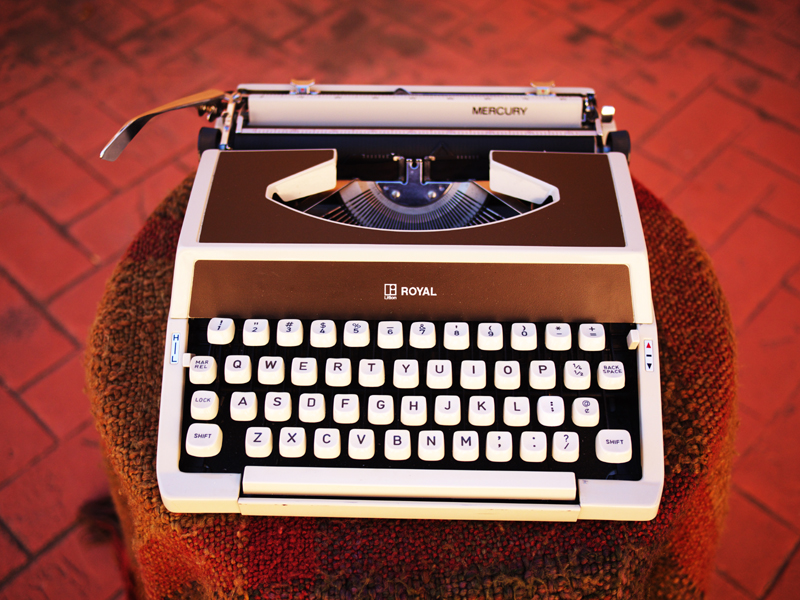
As you might tell, the alpha Mercury has a bit of brown tones to the ribbon cover, while this new machine has silver trim on the front.
Here's a video I made today about this new find:
So now I can immediately imagine another video where I do a side-by-side comparison between both machines. Dang, it never ends, does it?
Labels: Royal Mercury, thrift stores, typewriter collecting
